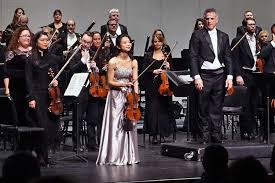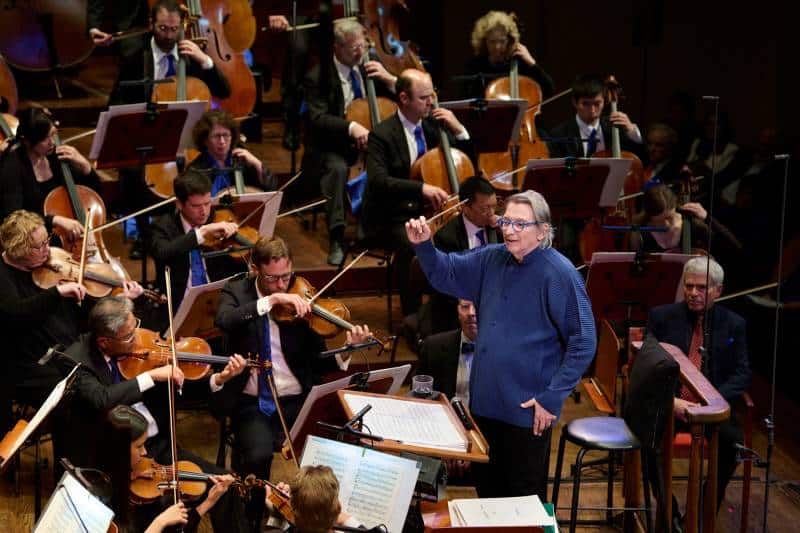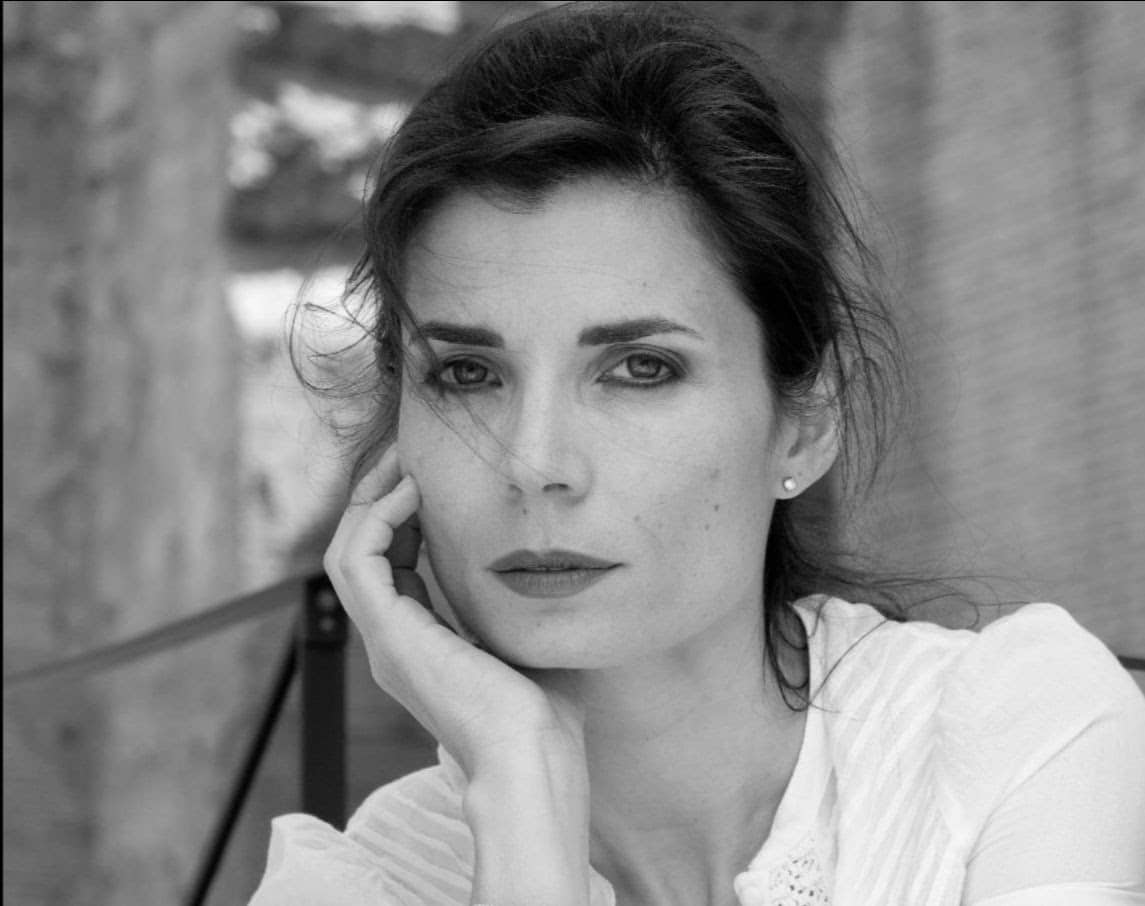Opera of the Week: Marriage of Figaro from a woman’s point of view
OperaSlippedisc, courtesy of OperaVision, brings you the live stream from Staatsoper Hannover of the first night of Mozart’s Marriage of Figaro. Hannover Staatsoper was Oper magazine’s 2020 ‘Opera house of the year’.
Mozart’s great comic opera is a tale of intrigue, misunderstanding and forgiveness. Director Lydia Steier teases out the touching melancholy of the characters with the mixture of opulence and black humour.
She says: ‘We start the piece with the finale – with everyone standing around in pairs and happy and harmonious and it all worked out. And then when we see that again at the end of the piece, then we see how hollow and real almost hopelessly sad this ending is that people came together against their will.’
Conducted by Giulio Cilona. the production stars Germán Olvera as Count Almviva, Kiandra Howarth as Countess Almviva, Sarah Brady as Susanna, Richard Walshe as Figaro and Nina van Essen as Cherubino.
The Plot: A count has designs on his personal valet’s fiancée and is determined to stop their wedding taking place. Meanwhile, the countess tries to regain her husband’s love by any means necessary.
Available from Thursday 20th January 2022 at 19.30 CET, 18.30 London, 13.30 NY






Comments